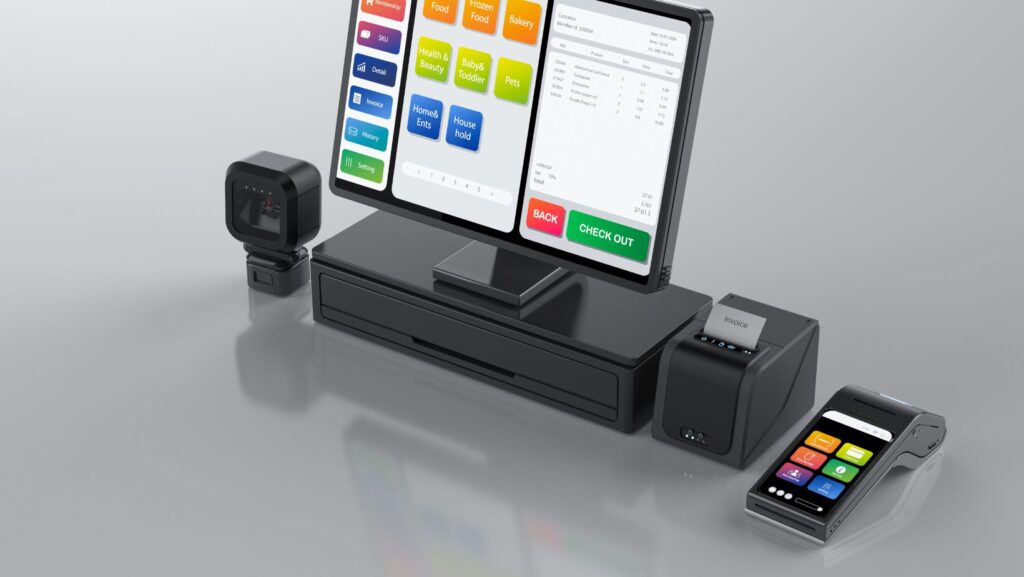Running a bakery often involves juggling many tasks at once, from tracking ingredients to serving customers quickly. Small mistakes can slow down service, waste products, or cut into profits. The right POS system helps simplify these daily challenges so staff can focus more on baking and less on managing chaos.
A modern POS system does more than process payments. It supports smoother order management, smarter inventory control, faster checkout, clear sales insights, and stronger customer connections. With the right tools in place, a bakery can operate with less stress and more confidence each day.
- Streamlined order management with customizable menu options
A bakery often handles a mix of standard items and special requests. A POS system for bakeries helps staff organize orders quickly by letting them adjust menu options to match customer needs without slowing down the checkout process.
Customizable menus also reduce mistakes. Staff can select exact flavors, fillings, or portion sizes directly in the system, which keeps both the front counter and kitchen on the same page. This creates smoother communication and fewer order errors.
With flexible menu tools, bakeries can update seasonal items or daily specials in minutes. As a result, customers see accurate options at the counter or online, and staff do not need to manually explain changes.
A POS system for bakeries can also track which menu items sell most often. This helps owners adjust offerings based on demand and plan production more effectively. Simple adjustments in the system save time and keep the menu aligned with what customers want.
- Real-time inventory tracking to reduce waste and prevent stockouts
A bakery deals with ingredients that expire quickly, so accurate stock control matters every day. Real-time inventory tracking helps staff see exactly what is available before items spoil. This reduces waste and keeps costs under control.
It also prevents stockouts that can frustrate customers. By updating counts instantly after each sale, the system alerts staff if supplies run low. As a result, bakers can reorder in time and avoid missed sales.
Clear visibility into ingredient levels also supports smarter planning. For example, managers can adjust production based on actual demand rather than guesswork. This reduces the chance of overproduction and keeps shelves stocked with what customers want most.
In addition, real-time data gives staff confidence to make quick decisions. Instead of waiting for manual counts, they can act immediately. This saves time, keeps operations smooth, and helps the bakery maintain steady service throughout the day.
- Integrated payment processing for faster checkout
An integrated payment system connects the bakery’s point-of-sale directly with its payment processor. This link removes the need to enter amounts by hand, so staff can complete each sale with fewer steps. As a result, transactions move faster and customers spend less time at the counter.
Automation also reduces the chance of mistakes, such as entering the wrong total or mismatching receipts. Accurate payments help avoid confusion and keep the line moving smoothly. This creates a more consistent checkout process across different payment types.
Faster checkout benefits both staff and customers. Employees can serve more people in less time, while customers experience shorter waits. In a busy bakery, even small time savings add up throughout the day.
Integrated systems also support multiple payment methods without slowing down the process. Whether customers pay with cards, digital wallets, or contactless options, the system processes each transaction in the same streamlined way. This flexibility helps the bakery meet customer expectations while keeping operations efficient.
- Sales data analysis to forecast demand and optimize production
A bakery generates valuable sales data every day at the register. A POS system collects this information and organizes it into clear patterns that show which products sell the most and at what times. This gives staff a direct view of customer demand.
By reviewing past sales, a bakery can predict future demand with greater accuracy. For example, data may reveal that certain pastries sell faster on weekends or that bread sales rise before holidays. This allows the team to prepare the right amount of stock without large surpluses or shortages.
The system also helps track seasonal shifts. If sales reports show higher demand for cold drinks in summer or special cakes in December, the bakery can plan production schedules and ingredient orders in advance.
As a result, staff spend less time guessing and more time producing items that customers actually want. This approach reduces waste, improves efficiency, and keeps shelves filled with the right products.
- Customer relationship management (CRM) to improve loyalty programs
A bakery can use CRM tools within its POS system to track customer purchases and preferences. This data helps staff understand what customers buy most often and how often they return. As a result, the bakery can create loyalty rewards that match real customer habits.

For example, a system can record frequent bread or pastry purchases and suggest rewards that encourage repeat visits. This makes the loyalty program more practical and appealing, since rewards feel relevant to each customer.
In addition, CRM features allow the bakery to segment customers into groups based on behavior. A bakery might send special offers to regular morning visitors or provide seasonal discounts to those who purchase holiday treats.
This targeted approach avoids generic promotions and instead builds stronger connections with customers. Over time, the bakery can use insights from CRM reports to refine its loyalty program, increase return visits, and strengthen customer satisfaction.
Conclusion
A well-chosen POS system helps bakeries keep daily tasks organized and efficient. It supports accurate sales tracking, smooth payment processing, and clear inventory control.
By reducing manual work, staff can spend more time serving customers and less time on paperwork. This shift creates faster service and fewer errors at checkout.
In addition, simple reporting tools give owners insight into sales trends and product demand. As a result, decisions about menu items, pricing, and stock become easier and more informed.
The right system allows busy bakeries to run more smoothly, save time, and focus on growth instead of routine tasks.
